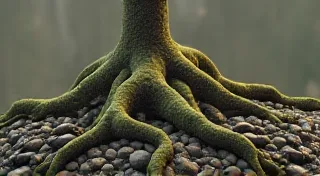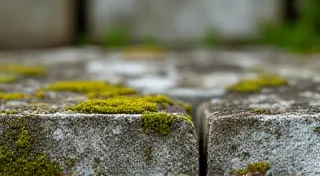From the Earth, For the Earth: Sustainable Practices in Regional Pottery
There’s a quiet dignity inherent in pottery, a connection to something ancient and elemental. Holding a piece of traditional ceramics, you’re not just holding an object; you're holding a fragment of history, a testament to human ingenuity, and, increasingly, a symbol of a commitment to sustainability. For millennia, potters have drawn directly from the earth, transforming raw materials into functional and beautiful objects. But increasingly, that relationship is evolving, with a renewed focus on responsible sourcing, minimizing waste, and preserving the very landscapes that provide the clay itself. This isn's just about making pots; it's about safeguarding a heritage and ensuring that future generations can continue to draw inspiration and sustenance from the earth. It’s a craft deeply intertwined with the natural world, a silent dialogue between the maker and the land – a concept explored further in The Silent Dialogue: Pottery and the Natural Landscape.
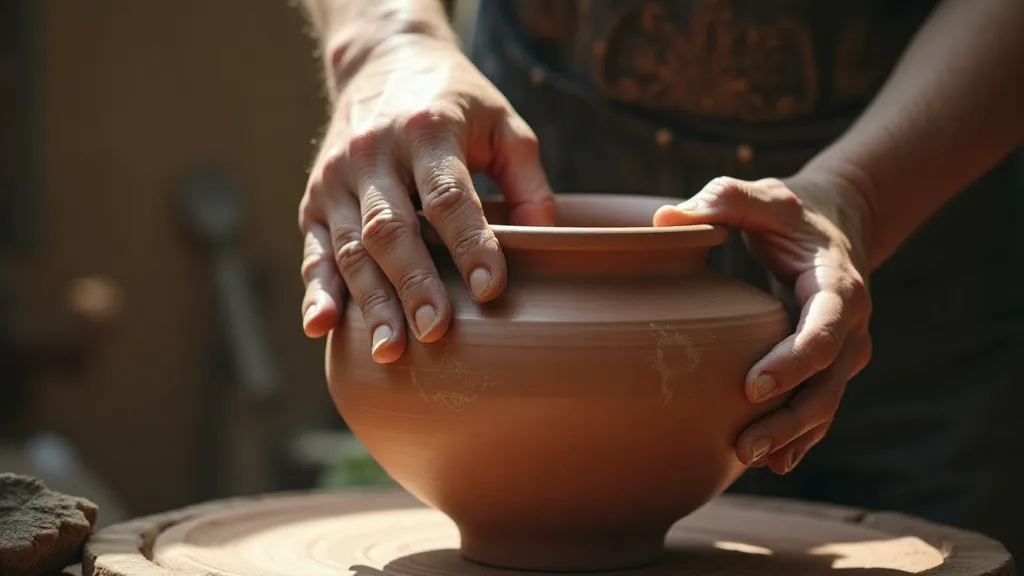
A Deep-Rooted Connection: Historical Context
The history of pottery is as old as civilization itself. From the Jomon pottery of Japan, dating back over 13,000 years, to the terracotta warriors of ancient China, ceramics have played a vital role in human culture. Traditionally, regional pottery techniques were inextricably linked to the local environment. Clay was gathered from nearby rivers, forests provided fuel for firing kilns, and pigments were derived from natural materials. This intimate relationship fostered a profound respect for the land. In many indigenous cultures, pottery making wasn't just a craft; it was a sacred ritual, a way to connect with ancestral spirits and the natural world. The clay itself was often seen as a living entity, demanding reverence and careful handling.
Consider the Pueblo pottery tradition of the American Southwest. For centuries, Pueblo potters have sourced clay from specific ancestral pits, often passing down the knowledge of these locations through generations. The clay isn't simply extracted; it's harvested with a deep sense of responsibility, with prayers and ceremonies to ensure the continued abundance of the resource. The distinctive styles and designs found on Pueblo pottery reflect not only artistic expression but also a profound connection to the land and the cultural narratives embedded within it. The skills and traditions passed down through apprenticeships in pottery guilds are integral to maintaining these legacies – stories of which are explored in Echoes of the Hand: The Legacy of Apprenticeship in Pottery Guilds.
Regional Variations: Sustainable Practices in Action
While sustainable pottery practices are experiencing a resurgence globally, the specific methods employed vary considerably depending on the region and the available resources. In Jingdezhen, China, renowned for its porcelain, efforts are being made to reduce coal consumption in kilns and explore alternative firing methods, like electric kilns and even solar-powered options. While challenging to implement on a large scale, these initiatives demonstrate a commitment to reducing the environmental impact of a historically intensive process.
In Japan, the tradition of “kobo-zutsumi” – using discarded clay scraps to create new pieces – exemplifies resourcefulness and minimizes waste. Potters carefully collect and rehydrate these scraps, transforming them into functional or decorative items. This practice, born out of necessity and guided by a philosophy of “mottainai” (a feeling of regret over waste), speaks to a deep-seated respect for materials and a dedication to minimizing environmental impact. The subtle variations in color and texture in these repurposed pieces often lend them a unique charm, making them highly prized by collectors. The value of these traditions is often maintained through long-standing relationships within pottery communities – a subject closely examined in The Potter’s Heartbeat: A Portrait of Regional Craft Communities.
In the UK, particularly in Cornwall, where clay is abundant, some potters are exploring the use of locally sourced wood for firing kilns, opting for sustainable forestry practices and ensuring that harvested wood is replanted. This approach not only reduces reliance on fossil fuels but also supports local economies and preserves valuable woodland habitats. The resulting earthenware often bears the smoky aroma of wood fire, a testament to the traditional firing process. The care and consideration afforded to even broken vessels, often requiring painstaking repair and restoration, underscores the respect for both material and history—a process detailed in "Fractured Vessels, Reassembled Stories: Mending Pottery Across Time".
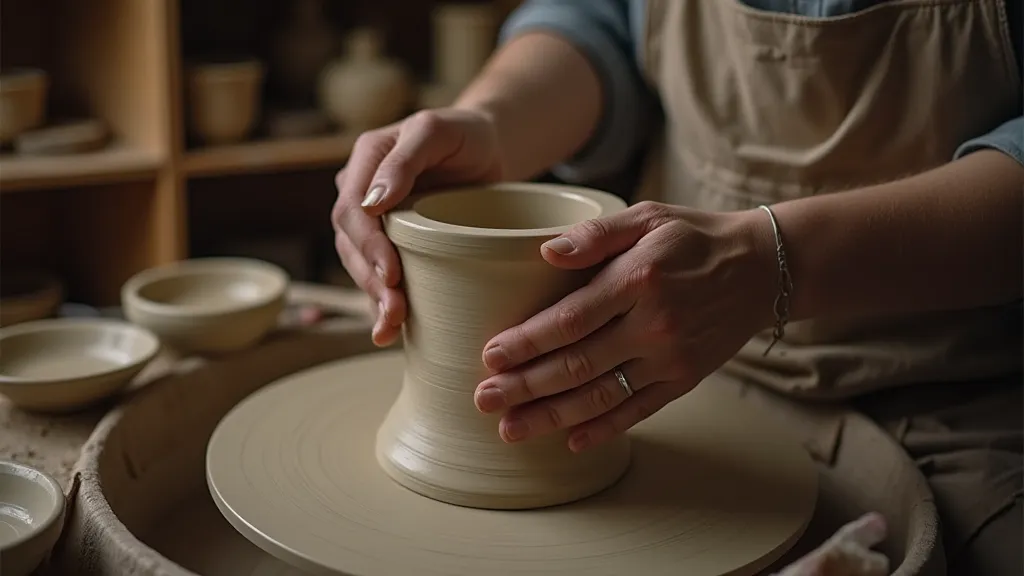
The Restoration Connection: Preserving the Past, Inspiring the Future
The restoration and collecting of antique pottery offer a fascinating lens through which to appreciate these sustainable practices. Many antique pieces, particularly those from regions with a long history of pottery making, were created with a deep respect for the environment. The techniques used were often inherently sustainable, driven by necessity and a limited supply of resources. Examining a cracked or chipped antique piece, thinking about the potter who created it, and perhaps even undertaking a delicate restoration, fosters a profound connection to that history and the values it represents.
Restoring antique pottery requires a sensitivity to the original techniques and materials. Using historically accurate clays and glazes, avoiding harsh chemicals, and prioritizing preservation over alteration are crucial. It's a process that demands patience, skill, and a deep understanding of the pottery's origins. Similarly, collecting antique pottery encourages us to value craftsmanship and appreciate the legacy of those who came before us. Each piece tells a story, revealing not only the potter’s skill but also the cultural and environmental context in which it was created. The delicate art of mending these historical artifacts, piecing together fragments of the past, exemplifies the dedication to preserving cultural heritage—a skill explored in greater detail in "Fractured Vessels, Reassembled Stories: Mending Pottery Across Time".
Challenges and the Path Forward
Despite the growing awareness of sustainable practices, challenges remain. The increasing demand for ceramics, coupled with the rising cost of energy, can make it difficult for potters to prioritize environmental considerations. The globalization of the ceramics market can also lead to unsustainable sourcing practices, with clay being shipped long distances and kilns relying on cheap, polluting fuels. Moreover, many traditional pottery-making communities are facing economic pressures and the loss of cultural knowledge. This loss of knowledge, and the communities that hold it, presents a significant hurdle to the continuation of these sustainable practices.
However, the future looks promising. The growing interest in slow craftsmanship, the rise of eco-conscious consumers, and the increasing availability of sustainable materials and technologies are all contributing to a positive shift. Educational initiatives that promote traditional techniques, support local pottery communities, and raise awareness of environmental issues are also playing a vital role. The dedication required to pass down traditional pottery techniques often necessitates close-knit communities and mentorship programs – a connection vital to the survival of these artistic practices.
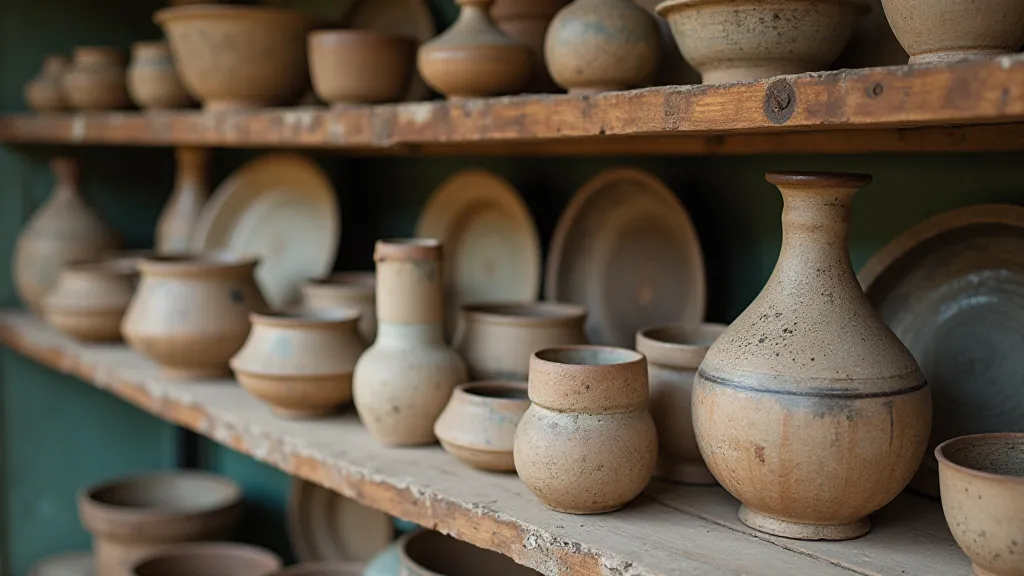
Holding a piece of pottery crafted with respect for the earth is more than just owning a beautiful object; it's participating in a legacy of sustainability and craftsmanship. It’s a tangible connection to a past that holds lessons for our future, reminding us that true beauty lies in harmony with the natural world. It’s a return to a respect for materials and the environment that shaped these practices for millennia, emphasizing the vital link between the potter, the clay, and the landscape.


